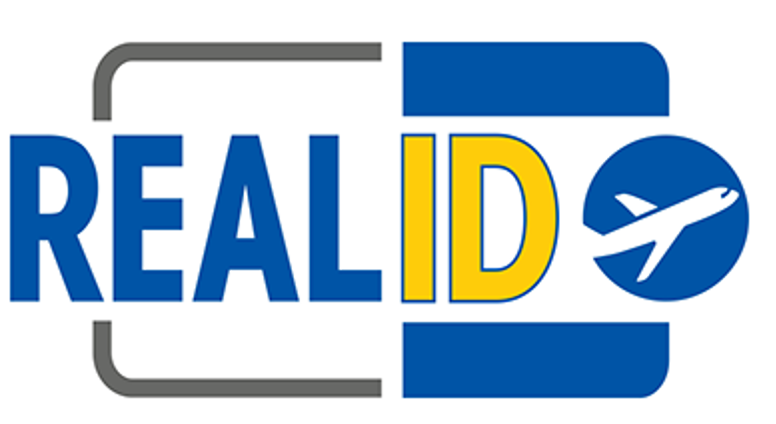The Real ID requirement for domestic flights is delayed again.

If you’ve traveled through a U.S. airport the last few years, you may have noticed signs near the security checkpoint reminding passengers about changes to photo ID requirements as part of the Real ID Act.
The law was originally intended to go into effect in 2005, but its implementation had been extended several times, the latest date being May 3, 2023. Now, this week, the Department of Homeland Security announced it was extending the deadline by roughly two years.
What’s the Real ID Act?
The law establishes a uniform set of security standards for driver’s licenses and other government-issued ID cards, and prohibits government agencies from accepting identification that does not meet those standards. One of the goals of the legislation was to add an extra layer of security to commercial aviation by making it more difficult for people to obtain false identification and use it to access flights. More documentation is required to obtain a Real ID-compliant ID, and the identification itself is harder to forge.
Note: For the record, about 2000 people a day fly without any ID.
-If you don’t have an ID TSA accepts at the checkpoint, you can show two forms of “unacceptable” ID (credit card, Costco card, etc.).
-If you don’t have any ID, the agent will ask you challenge questions (provided by the TSA ID Verification Center) to establish your identify; think questions a bank may ask when you set up an account, such as addresses where you’ve lived in the past.
The ID Verification Center receives 300-400 calls per day; the balance of passengers who show up without valid ID are permitted through the checkpoint by using two forms of “invalid” IDs.
How can you tell if you have a compliant Real ID?
Generally, IDs with a star or star cutout are Real ID-compliant. Per the TSA website:

If your ID is missing the star or says something to the effect of “federal limits apply” or “not for federal identification,” you do not have a compliant Real ID.
As of now, all 50 U.S. states, along with Puerto Rico, the U.S. Virgin Islands, Guam, and the Northern Mariana Islands are issuing compliant IDs.
Note: Just because you live in a state that issues a Real ID doesn’t mean you’ll automatically receive one. You may need to provide extra documentation, wait longer to receive the ID, or even pay a higher processing fee. If you’re still unsure after checking your ID whether it meets the new standard, the DHS has a short quiz on its website to help you figure it out.
Generally, here’s what you need to get a RealID:
-A photo ID or an ID that includes full name and birth date
-Documentation of birth date (ex: birth certificate)
-Proof of legal status and social security number
-Documentation of residential address
What does the Real ID Act mean for airline passengers?
Once the Act is implemented, passengers will not be allowed through TSA security checkpoints without a compliant Real ID. (Note: you won’t be able to access certain federal government premises either, like military bases and courthouses, or do things like open certain bank accounts.)
If your driver’s license isn’t compliant, you can still fly as long as you are carrying a U.S. passport or any of the following TSA-approved forms of identification:
-U.S. passport card
-DHS trusted traveler card (Global Entry, NEXUS, SENTRI, FAST, but not TSA PreCheck)
-Permanent resident card
-U.S. Department of Defense ID
-Border-crossing card
-State-issued enhanced driver’s license
-Federally-recognized, tribal-issued photo ID
-HSPD-12 PIV card
-Foreign government-issued passport
-Canadian provincial driver’s license or Indian and Northern Affairs Canada card
-Transportation worker identification credential
-U.S. Citizenship and Immigration Services employment authorization card (I-766)
-U.S. merchant mariner credential
Travelers under 18 do not need to provide identification when traveling with a companion; this will not change under the Real ID Act.
Twist’s Take: If your driver’s license isn’t already Real ID-compliant, you’ve now got extra time to upgrade it to avoid having to show extra ID (such as your passport) when flying domestically.
